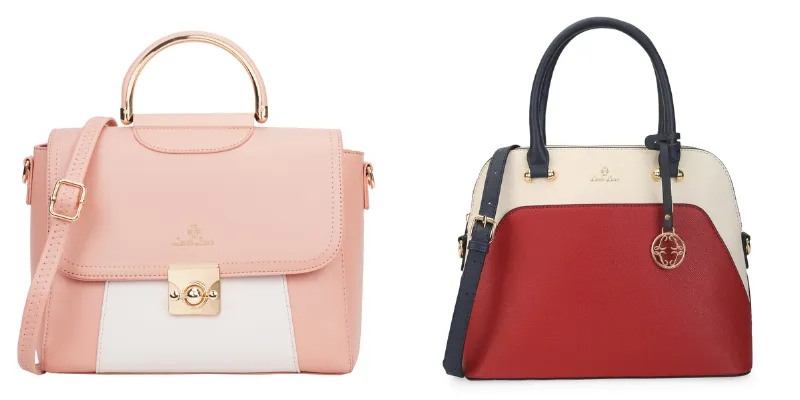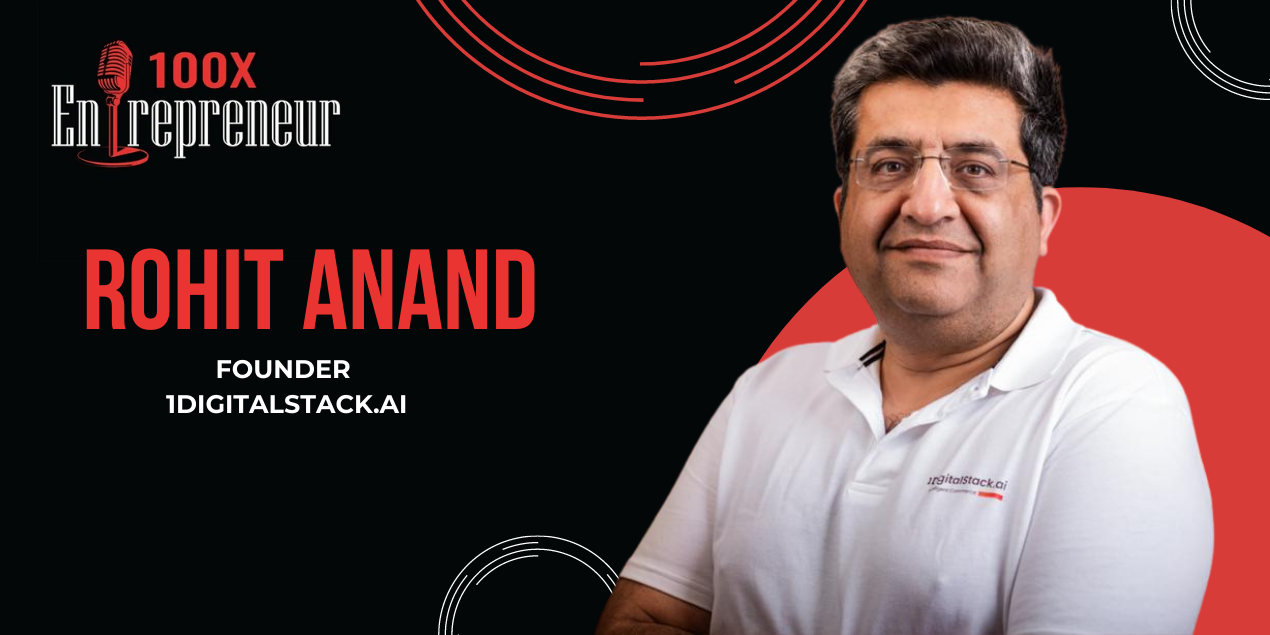Bagzone seeks to woo price-sensitive buyers, who desire premium products, with Lavie Luxe
For more than a decade, Lavie has catered to women looking for budget-friendly options. Can Lavie Luxe overcome the challenge of customer perception and emerge as a strong contender in the premium space, competing against international brands and homegrown labels such as Hidesign and Da Milano?
If you want to flaunt a bag that’s not run of the mill and is of premium quality, you may have to splurge on international brands such as Hermes, Chanel and Prada. But what if you wanted a homegrown brand with a touch of opulence, without breaking the bank? There aren’t too many options in the Indian market today.
This is the relatively untapped segment that Mumbai-based lifestyle retailer Bagzone Lifestyle wants to tap into. —which operates in the affordable segment with the Lavie brand—has now set its sights on the premium space with the launch of the Lavie Luxe sub-brand.
Priced competitively between Rs 3,000 and Rs 7,000, Lavie Luxe is targeted at women who desire premium handbags without having to empty their wallets.
Lavie Luxe bags are made from premium quality, imported synthetic leather and come with rich golden metallic detailing, says Ayush Tainwala, CEO of Bagzone Lifestyle Pvt Ltd. Besides being stylish, the bags are also water-resistant, light, and durable, he adds.
Since its launch in 2010, Lavie has been a popular choice among women across India, for its wide variety of bags at an affordable price range (below Rs 4,000).
However, customer feedback revealed that women didn’t mind paying a little extra for more premium products from a brand they trusted, says Tainwala. “Products that exude enriched quality with high-end designs, luxurious materials, superior craftsmanship, and limited/exclusive collections.“
In order to explore this segment, Tainwala did a capsule launch of Lavie Luxe in April this year with 3,000 products, made at its manufacturing unit in Nashik, Maharashtra. To his astonishment, they were sold out in just two months. Now the brand is all set to release another range soon, with prices going up to Rs 12,000.

Lavie Luxe product range
Market scenario and competition
According to Euromonitor International, India is expected to be one of the fastest-growing markets in the world for premium and luxury products, with a projected value of $8.5 billion in 2023, up $2.5 billion from 2021.
The Indian handbags market is expected to increase by $207.51 million from 2021 to 2026, at a CAGR of 4.90%, according to Technavio.
Factors such as rising disposable income, influence of social media, and increasing aspirations among consumers have led to the growth of the luxury lifestyle market in India.
Having said that, the overall Indian market is still a price-sensitive one, especially the middle-class consumers who seek immense value for money spent.
Tainwala points out that many international brands have not succeeded too well in the Indian market due to the high price points (more than Rs 10,000) at which they are retailed in the country.
He explains this with an example, “You’ll get a decent Charles and Keith handbag at a price of Rs 5,000 in Singapore, but if you buy the same handbag in India, the price doubles. The price inflation can be attributed to the various intermediaries involved in the supply chain, such as importers, distributors, and retailers.”
This opens up a world of opportunities for homegrown brands to cater to the demand for premium products from price-sensitive Indian consumers.
The renowned homegrown brands in the premium segment include Da Milano and Hidesign, which deal with leather handbags.
Caprese, another leading handbag brand in India, recently ventured into the premium segment with the launch of the Emily in Paris and Disney collections and the Manish Malhotra limited edition designer range.
Brand positioning and consumer perception
For more than a decade, Lavie has been one of the go-to brands for women looking for budget-friendly options. So, having catered to the mass market for years, Lavie Luxe may face some challenges with respect to customer perception and brand positioning.
Poonam Agarwal, a teacher from Kanpur, has been using Lavie handbags for years. She adores them as they are sturdy and can withstand the wear-and-tear of daily use. However, for occasions such as anniversaries and parties, she turns to expensive international brands.
“As middle-class individuals, we hold onto our expensive clothing, accessories, and, of course, handbags. We save them for those memorable moments when we desire admiration. Some may perceive it as ‘showing off’, but it brings us immense joy,” she says.
Fair enough, but would she buy a homegrown brand, like Lavie Luxe, for special occasions?
As long as the product gives a “premium feel”, with good quality material and standout designs, and signals a certain social status, why not? she asks. And if the price is within her means, she is all the more enthusiastic to buy the brand.
But not all customers may share Agarwal’s sentiments, and this is a challenge that the retailer is well aware of.
Tainwala is banking on Lavie’s brand value, fashion-forward aesthetics, customer experience, and strong social media presence to steer its journey in the premium space as well. It is one of the most followed Indian handbag brands on Instagram with 512K followers, surpassing Caprese with 231K followers and Baggit with 176K followers.
Tainwala claims that Lavie is India’s largest handbag brand in the organised sector in terms of growth, sales, and retail stores. The brand clocked a revenue of Rs 250 crore in FY22-23, while store count rose 32% from the last fiscal year. In FY2023, Lavie has clocked a consumer sales value of approximately Rs 500 crore.
Lavie is sold via exclusive brand outlets (EBOs) and multi-brand retail stores. Bagzone has over 50 Lavie outlets across India—a mix of company-owned and franchised stores.
Currently, Lavie Luxe is retailed in some of these outlets. There are plans to open exclusive Lavie Luxe stores in premium malls such as Palladium in Mumbai and DLF.
Tainwala is betting on the festive season to boost sales of Luxe. He expects the premium collection to grow 3X by Diwali this year.
While Lavie will continue to cater to the mass market, Lavie Luxe will be the premium face of the brand. Understanding and accepting this distinction requires a mindset shift among consumers, says Tainwala.
The target audience for Lavie Luxe are typically affluent and discerning consumers who appreciate fine products and are willing to invest in high-end fashion and accessories.
As part of its endeavour to give Lavie Luxe a unique identity, the retailer has given a distinct visual identity to the brand with a unique logo, typography and colours.
The retailer will also engage in cross-branding promotions, limited editions, and strategic partnerships and host exclusive events to help customers understand Lavie Luxe’s positioning, says Tainwala.
“We have specially tailored our marketing messages to emphasise superior quality and the status associated with Luxe,” he says, adding that the effort towards a mindset shift among customers will be an ongoing process.
Edited by Swetha Kannan






